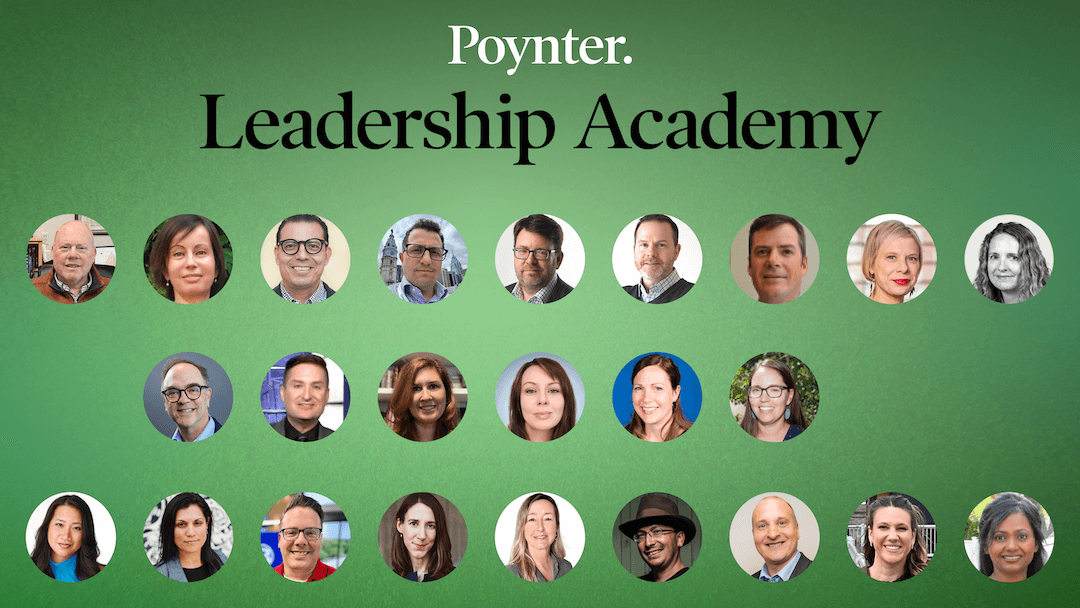Spaceship Media, a small San Francisco Bay Area organization that uses journalism to reduce polarization, build communities and help rebuild trust in the media, had a modest but important goal as it partnered with two media companies this past summer: Could it create a forum for people to talk respectfully about a traditionally divisive issue?
And if you could do it, how would you judge its success?
The collaboration was a month-long, closed, moderated Facebook conversation about immigration called Talking Across Borders. Funded mostly by a Jim Bettinger News Innovation Fund grant from the John S. Knight Journalism Fellowships at Stanford University, it brought together 60 Californians divided roughly in half by their views on the question, “Should immigration laws be more strictly enforced?” That is among one of the nation’s more contentious issues, and on news organizations’ Facebook pages and comment sections, it almost invariably generates streams of vitriolic argument.
Spaceship Media’s goal, and that of our partners in Talking Across Borders (Univision and Digital First Media, which in California owns Southern California Media Group and Bay Area News Group) was to create a structured environment where the opposite could happen. Using Spaceship Media’s seven-step model of dialogue journalism, we wanted to create a forum informed by journalism where people who vehemently disagree could meet for a sustained period and take part in a civil discussion about the issue, free of name-calling and invective.
Over the course of a month, participants posted articles they'd found, debated immigration statistics and policies, and shared personal stories. Our media partners contributed reporting when we requested it to meet the participants’ information needs and inform their discussions. All told, the group’s members engaged in 150 discussion threads, which gave birth to thousands of comments and additional conversations. Among the group was a tea party lawyer, a young DACA (Deferred Action for Childhood Arrivals) recipient, a social worker, a businessman who crossed the U.S.-Mexico border illegally as a child and is now a U.S. citizen, teachers, a construction worker who attributes his unemployment to undocumented labor, an advertising professional, an academic, and a veterans’ advocate. Just four were removed in the month (for violating conduct guidelines): two liberals and two conservatives. Our partner news organizations published stories before, during and long after the group’s lifespan.
So, did it work? Was it successful?
One way to judge the outcome is in what Tom Bray, managing editor for content with the Southern California News Group, wrote to the California Newspaper Publishers Association Better Newspaper Contest in entering the project in the Public Service category:
“Can people in this ultra-polarized nation truly talk anymore? Exchange opposing points of view on poignant issues — passionately, but politely? We think so. Even in the era of Twitter eruptions, "fake news" allegations and all that anger out there. And Talking Across Borders proved it. … In the end, was there consensus? No, not by a long shot. But the result was a passionate, compelling but respectful collection of conversations, coming at a time when chats that end in ‘thank you’ are rare.”
How else to judge the project? How well the collaboration worked is one way and, like all such partnerships, there were high and lower moments. To us, the chief lesson is to judge a collaboration by how far it progressed, rather than the things that held you back. In other words, focus on what partners bring, on what is working. This principle guides all our projects.
In this case, each of our partners had different (plus shared) constraints on their ability to contribute to Talking Across Borders. Among those: business conditions, staffing resources, breaking news, or institutional unease with a new news “product” or process, as this project was for them. However, one took the lead in facilitating communications between the partners; another in interacting with the Facebook group itself; one was more adept in figuring out ways to create content during the conversation project; others produced more content overall. For Spaceship Media, it was both a juggling act and a privilege to shepherd the process. We learned to take what the partners could give, to not be reluctant to ask for more than they could supply, but to be patient with their limits.
Finally, a third way to judge the success of Talking Across Borders: participants’ words.
Terry from Aliso Viejo: “I have learned from this group that civil bipartisan debate is possible and ultimately healthy!”
Scott from Murrieta: “I have been so impressed with everyone's stories and contributions to a productive discussion forum. We cannot learn from each other unless we listen to each other. This forum allowed me a great opportunity to learn, discuss and debate in an environment of civility.”
Gabriela from Santa Cruz: “I'm not sure if I was the only DACA recipient in our group. But I want to thank everyone who agreed to have a civilized discussion on immigration reform.”
Mayra from Los Angeles: “I am just going to echo the great aftertaste of a good discussion with different points of view, with information, great arguments and in a very civilized way. We have a lot of work to do.”
Solange from Los Angeles: “Maybe what worked in the past isn't what can work for our future? I don't know how far I'm willing to go but if the conversation can be as respectful as it was over the past month, I'm hopeful we can move the barrier to reforms we can all mostly support.”
Make no mistake, this was not a tea and crumpets discussion. Tempers flared at times. Harsh words were flung. Some people withdrew from it in frustration. But the majority hung in there and talked with each other through their differences — and in a civil fashion. They ended the project, many said (both conservatives and liberals), not with changed minds but more open to understanding their counterparts’ viewpoints, and with a new commitment to doing that.
The biggest lesson here for us: Journalism did this — maligned, mistrusted, beleaguered journalism.
Media organizations, working with Spaceship Media and our Dialogue Journalism method, chose to commit resources and brain power to a new (for them) type of enterprise to interact with and serve their audiences. And in the end, the project was further proof that journalistic innovation can happen despite the times. Indeed it must.
We believe convening communities and supporting that process with journalism is crucial to surviving this distressed era; we launched in 2016 with that goal. Talking Across Borders connected news organizations that, to varying degrees, shared resources; in some cases it restored a bit of trust in the media, especially for conservatives in the group; and it connected different segments of their audiences with each other and with the news organizations themselves (we call this a triangle of trust). That dynamic construction — though small and limited in this case — could present a road map for larger initiatives that will strengthen this pillar of our democracy: journalism.
The Community Listening and Engagement Fund launched by the John S. and James L. Knight Foundation, Democracy Fund, the News Integrity Initiative and the Lenfest Institute for Journalism Education is an exciting example of focusing on this need. The fund will subsidize news organizations that want to work with Hearken and GroundSource, two bright lights (and mainstays) in audience engagement journalism.
As for Spaceship Media, our next project, The Many: A Conversation Across Divides, will bring up to 5,000 women of all political stripes and from across America together in a journalism-supported conversation lasting through the November midterm elections. We launched that late last month in partnership with AL.com, Alabama’s largest news organization.
We’ll see you in the audience. Together.






